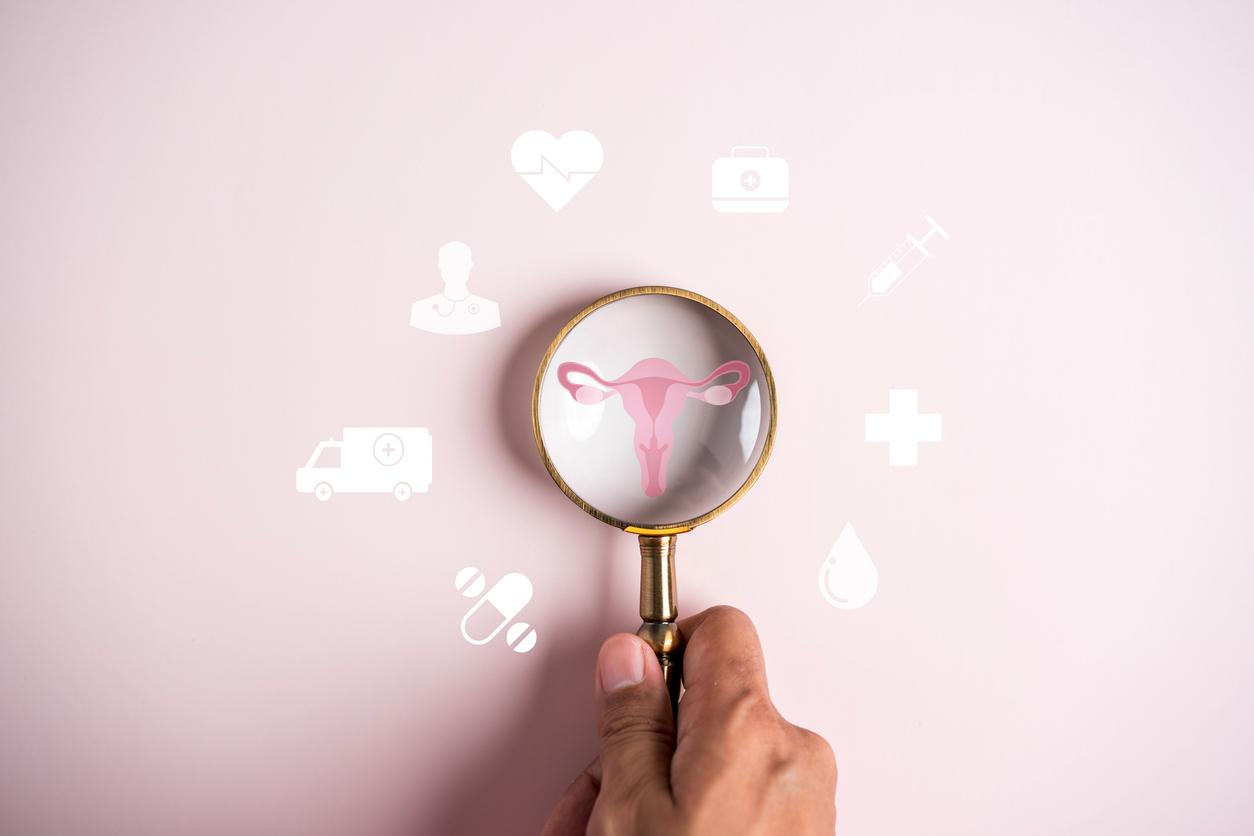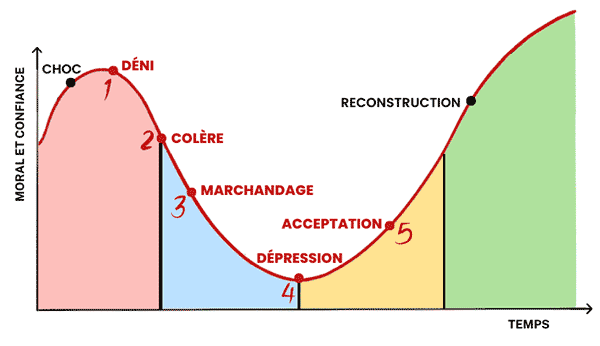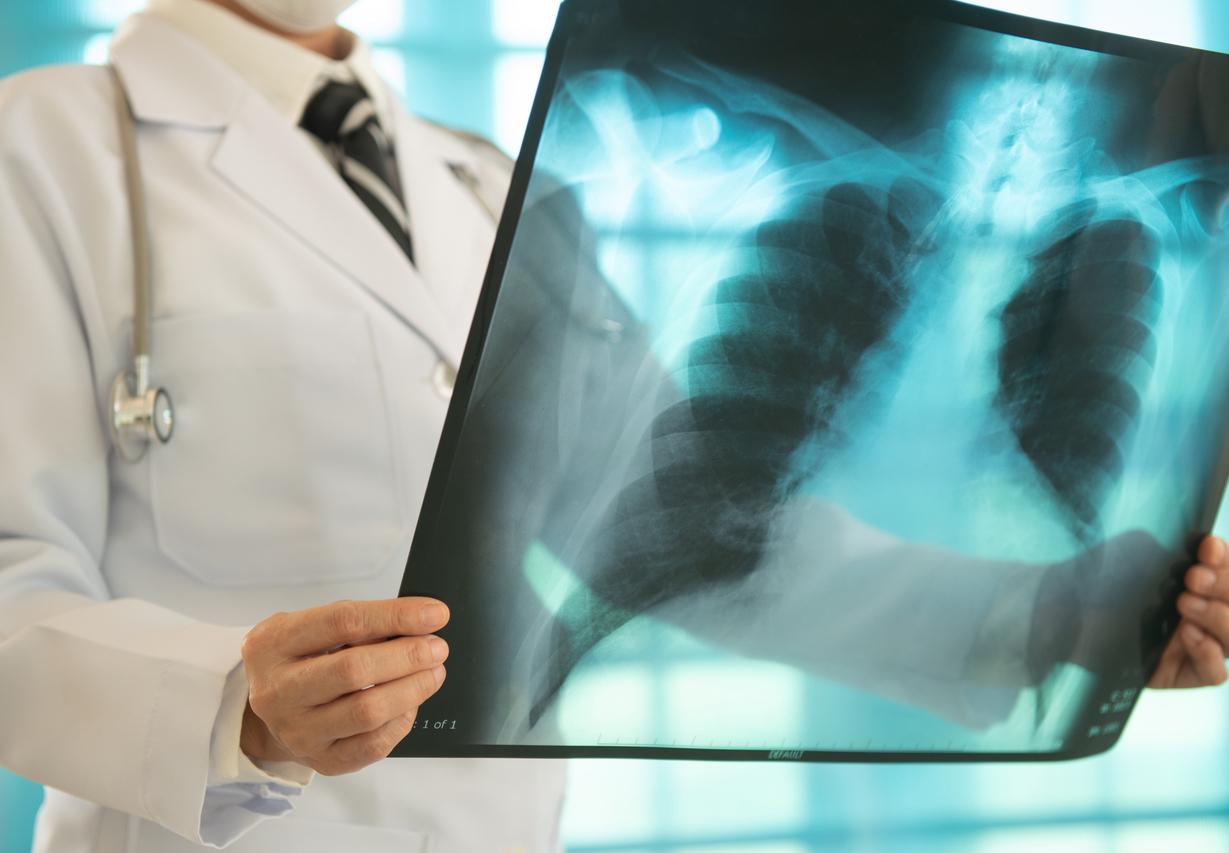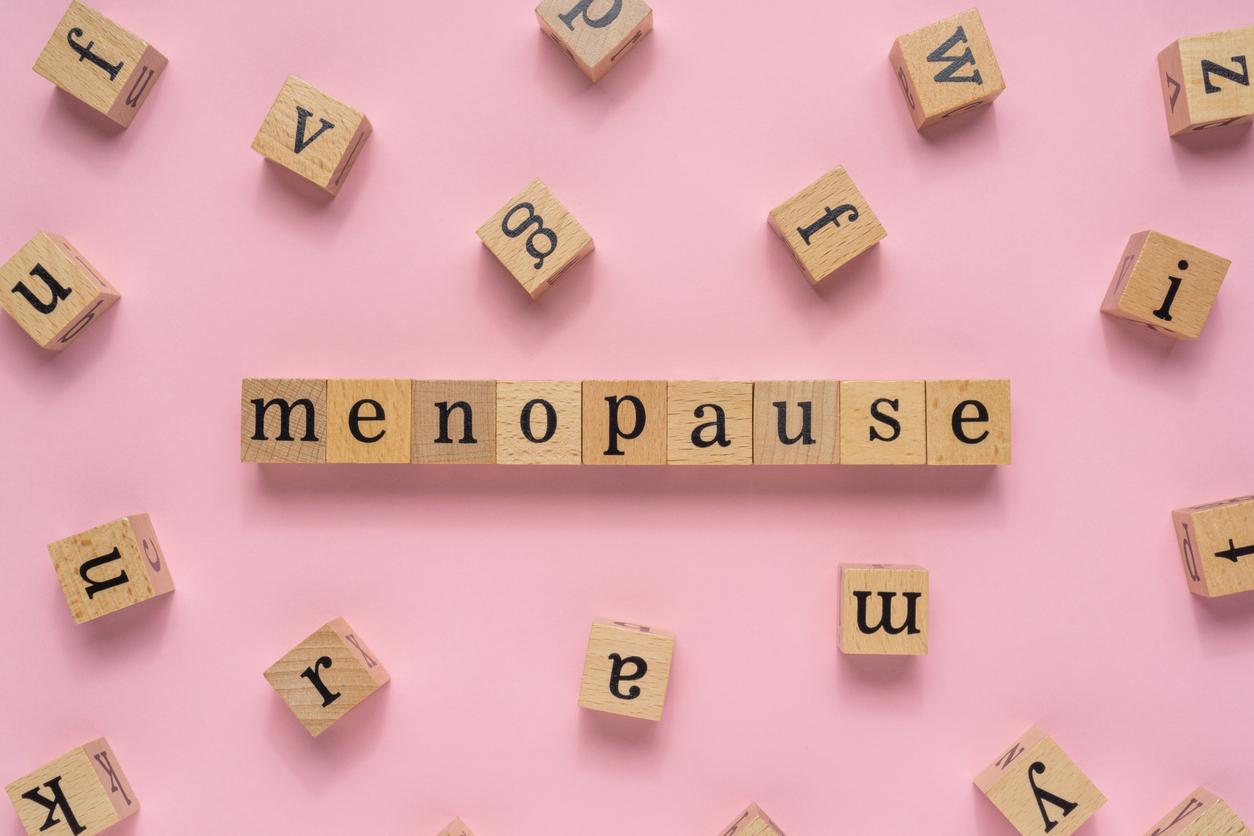
02/03/15 – A significant change in weight in postmenopausal women is more serious than it seems. This is what reveals an American study published in the British Medical Journal, carried out on more than 120,000 participants. The results showed that weight gain or loss, intentional or not, would increase the risk of bone fractures by 10 to 18%.
Previous studies had found that weight loss in postmenopausal women was associated with an increased risk of bone fractures, and that weight gain protected them. However, the results of the study carried out as part of the Women’s Health Initiative follow-up program on 120,566 women aged 50 to 79 and postmenopausal, show that these variations would have a strong impact on the risk of bone fractures. The study participants, who were expected to have no heart, lung and kidney problems, were followed for 11 years. Each year, they were weighed and had to report any fractures. Their weight was considered stable if the variation did not exceed 5% of their total weight.
Weight variations and the risk of fractures
The study showed that women who lost body mass had more than 65% more risk of fracturing their hip, 33% more risk of fracturing their upper body (hip, spine) and 9% more to fracture the upper limbs. Likewise, weight gain is associated with a 10% increase in the risk of fractures of the upper limbs and 18% of the lower limbs (femur). Researchers distinguished between unintentional weight loss and intentional weight loss, and found different results. This is because unintentional weight loss was linked to an increase in the number of hip and spine fractures, while intentional weight loss would increase the risk of lower limb fractures, but limit hip fractures. .
Menopause: responsible for weakened bones
Menopause causes a drop in the production of estrogen, which helps protect bones. This condition is called osteoporosis, and although studies are still controversial on this subject, it seems to be directly linked to the consequences of menopause. It would affect about 40% of women, and usually occurs around ten years after the onset of menopause. These hormonal changes only further weaken the bones, which lack calcium and vitamins. They are said to be demineralized, which causes significant risk of fractures. There is also a compression of the vertebrae, which contributes to the reduction in size to which many women are victims. Thus, a significant change in weight associated with this type of disease, often related to age, would only increase the risk of bone fractures. It therefore seems important to monitor your weight curve in order to limit them.
|
Source: Postmepopausal weight change and incidence of fracture: post hoc findings from Women’s Health Initiative Observational Study and Clinical Tirals. Carolyn J. Crandall, Vedat O. Yildiz, Jean Wactawski-Wende, Karen C. Jonhson, Zhao Chen, Scott B. Going, Nicole C. Wright, Jane A. Cauley. BMJ (27 January 2015). |













